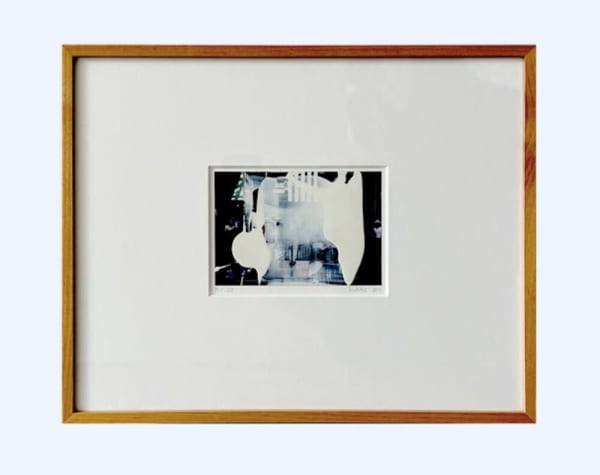Gerhard Richter German, 1932
"I'm still very sure that painting is one of the most basic human capacities, like dancing and singing, that make sense, that stay with us, as something human"
-Gerhard Richter
Gerhard Richter is a German visual artist, who's body of work includes abstract as well as photorealistic paintings, in addition to photography and glass pieces. Richter is considered among the most influential living artists. Richter's experiments with abstraction and photo-based painting greatly contributed to the history of the medium. Culling from his vast image archive known as the Atlas, Richter's paintings reference images of his daughter Betty, flickering candles, aerial photographs, portraits of criminals, and pastoral landscapes. "Pictures are the idea in visual or pictorial form," he reflected. "And the idea has to be legible, both in the individual picture and in the collective context."
Born on February 9, 1932 in Dresden, Germany during the rise of the Nazi regime. After World War II, living in East Germany under Soviet rule, Richter learned to produce of highly realistic Socialist Realist murals. In 1961, Richter fled to West Germany, where he studied at the Kunstakademie Düsseldorf alongside Sigmar Polke. During this time, the artist first began producing blurred photo-paintings. The works explore the conflicting nature of an image's formal make up and the content it contains.
Richter introduced abstraction to his repertoire in the following decades, analyzing painterly expression through a technique of squeegeeing paint over the canvas.
The artist currently lives and works in Cologne, Germany. Today, his works are held in the collections of the Art Institute of Chicago, The Museum of Modern Art in New York, the Tate Gallery in London, and the Albertina in Vienna, among others.




